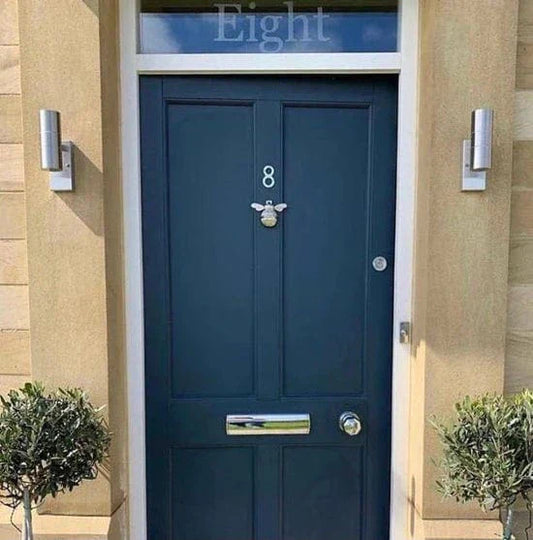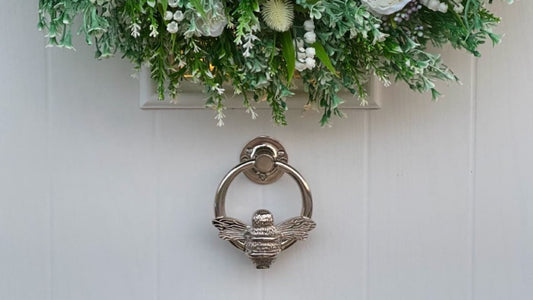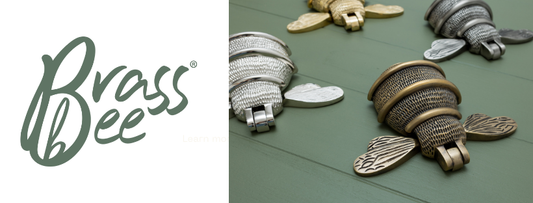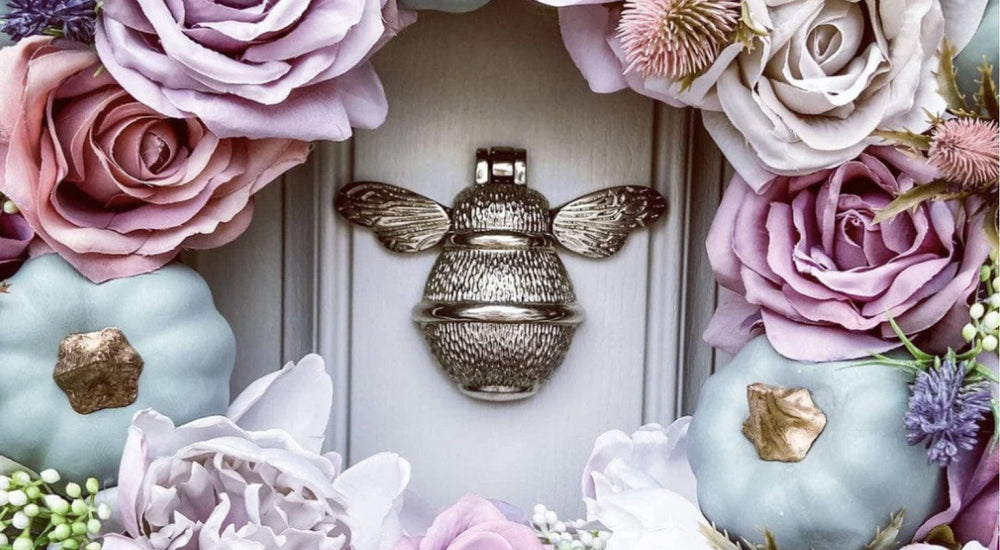Modern House Number Ideas to Upgrade Your Exterior

For many British homeowners, the front of the house is as much about fitting in as it is about standing out. From suburban terraces with neatly trimmed hedgerows to grander period properties tucked behind walled gardens, the way a house presents itself says a lot about its occupants before anyone steps through the door. While it is easy to overlook, house numbers play a pivotal role in this quiet theatre of presentation. Far from being a functional afterthought, they can add a refined touch that feels entirely intentional, whether you are in a Victorian semi or a contemporary new-build. In this article, we will explore some creative ways to display house numbers that complement UK homes of every style.
Matching Finishes to Materials: A Thoughtful First Step
Before deciding on the look of your house numbers, consider the house’s exterior. In the UK, materials like exposed brick, painted render, and timber cladding dominate many streetscapes. Each demands a slightly different approach. Brass house numbers, for example, sit beautifully against rich brickwork, where their warm glow softens the overall tone without clashing with the natural textures. For rendered façades in crisp whites or heritage tones, darker numbers can ground the frontage, providing contrast that is both practical and elegant. The aim is always cohesion, not competition. The house number should feel as if it belongs rather than as an awkward afterthought.

Scale and Placement: Small Tweaks with Big Impact
One of the most underappreciated ways to refresh your home's entrance is by reconsidering where and how the house number is displayed. Off-centre placements, such as mounting the number on a side pillar or gate post, can add an unexpected visual anchor that subtly draws the eye without overwhelming the entrance. Larger properties, or those set back from the road, benefit from black house numbers in a bold, readable typeface that ensures they are as practical as they are stylish. In denser suburban settings, it is worth noting that Residents' Associations or local planning quirks may limit certain placements, so always double-check before drilling into that charming stonework.
Cohesive Details with Complementary Hardware
House numbers rarely exist in isolation. They form part of a wider ensemble that includes door knockers, letterboxes, and outdoor lighting. Pairing your numbers with novel or unique door knockers, such as Brass Bee’s bee-shaped designs or elegant lions, can add a sense of deliberate styling that feels personal yet never overstated. For consistency, aim for matching or sympathetic finishes across all hardware elements. A polished brass knocker alongside aged pewter numbers will feel jarring, whereas a set unified by material or colour creates a more considered and polished look.
Thinking Outside The Box
While pairing finishes and placing numbers carefully can create a polished look, sometimes it pays to approach the display itself with a bit more imagination. Particularly for homeowners who want to inject a hint of personality without going overboard, there are plenty of understated yet creative approaches. The key is to keep it in tune with the home's architecture and the neighbourhood's overall feel.
- Layered backdrops: Mounting house numbers onto a small panel of contrasting material, such as slate, timber, or frosted glass, creates a clean frame that helps them stand out without overpowering the façade.
- Incorporating planters: Fixing the house number onto a wooden or metal planter near the entrance allows you to soften the look with greenery, giving a more lived-in and welcoming feel that works especially well in more rural or suburban settings.
- Subtle lighting integration: Rather than a standard spotlight, embedding small LED strips behind or beneath the number creates a soft glow after dark that looks intentional and atmospheric, rather than purely functional.
Where can you put house numbers?
There is no rule that says house numbers must be right next to the front door. In fact, positioning them at the entrance to a driveway, on a garden gate, or along a boundary wall can often make them more visible, especially in properties set back from the street. For terraced homes, fixing numbers to wheelie bin stores or porch pillars is a discreet but practical option that many British homeowners are adopting. Wherever they go, it is worth stepping back to view them from the pavement to ensure they are both legible and in keeping with the surroundings.

How do I attach my house number to a rock?
For those living in rural areas or simply after a more rustic feature, fixing house numbers to a rock or stone is a charming choice. The easiest approach is to select a flat-faced rock and use strong outdoor adhesive rated for masonry, ensuring the surface is clean and dry first. Alternatively, for a more secure finish, masonry screws and rawl plugs can be used, but always drill with care to avoid cracking the stone. It is also worth sealing the number and surrounding area with a clear waterproof sealant to help prevent moss build-up and weather damage over time.
Styling the Entrance as a Whole
Beyond the numbers themselves, consider the entrance area as a complete composition. Combining house numbers with planters, integrated lighting, or bespoke plaques can create an inviting and characterful frontage. In rural areas or private roads where street signage may be minimal, a carved timber plaque or stone marker offers both charm and clarity. For modern homes, backlit acrylic or steel numbers mounted on crisp cladding make a quietly confident statement. This is where personal style can come through, though always with an eye on the surroundings to ensure it feels appropriate rather than theatrical.
House numbers may serve a practical purpose, but they also offer one of the simplest ways to add an elegant, personal touch to your home's exterior. With a little thought about placement, styling, and materials, there are always creative ways to display house numbers that feel at home on your street.
Follow the Brass Bee Blog for more nifty tips and tricks!




